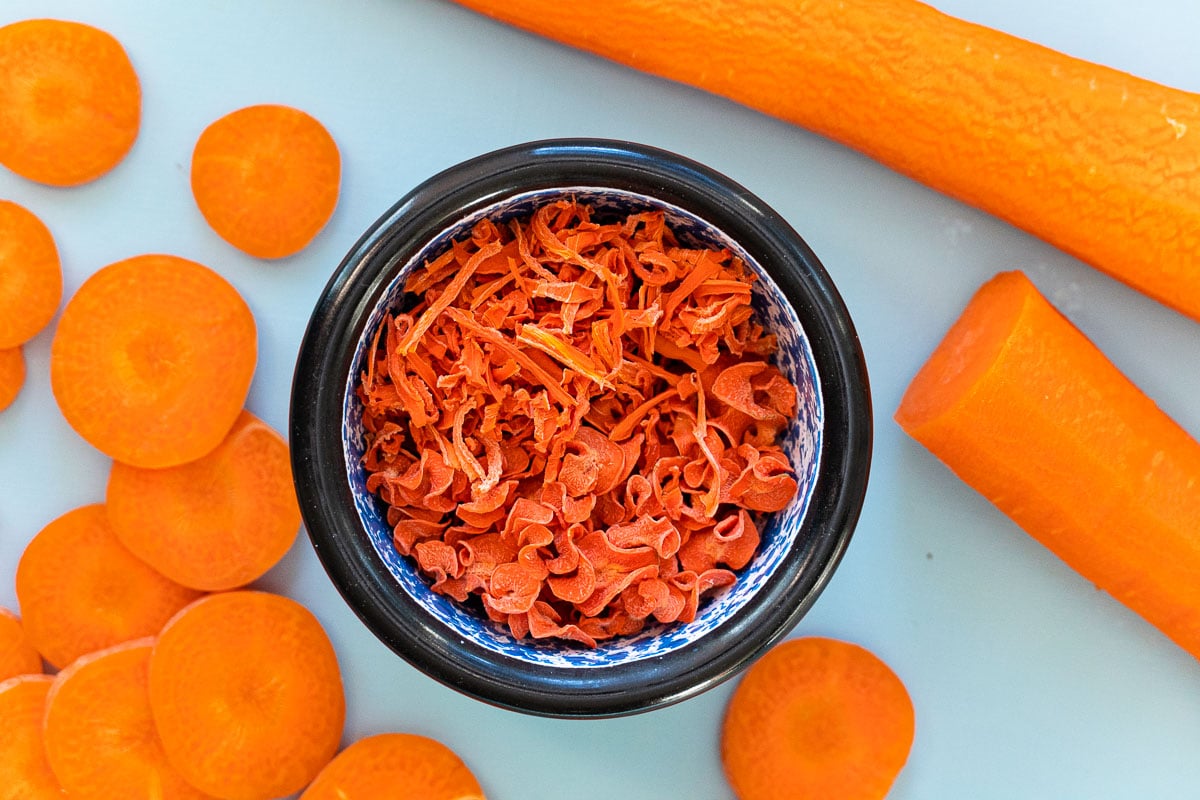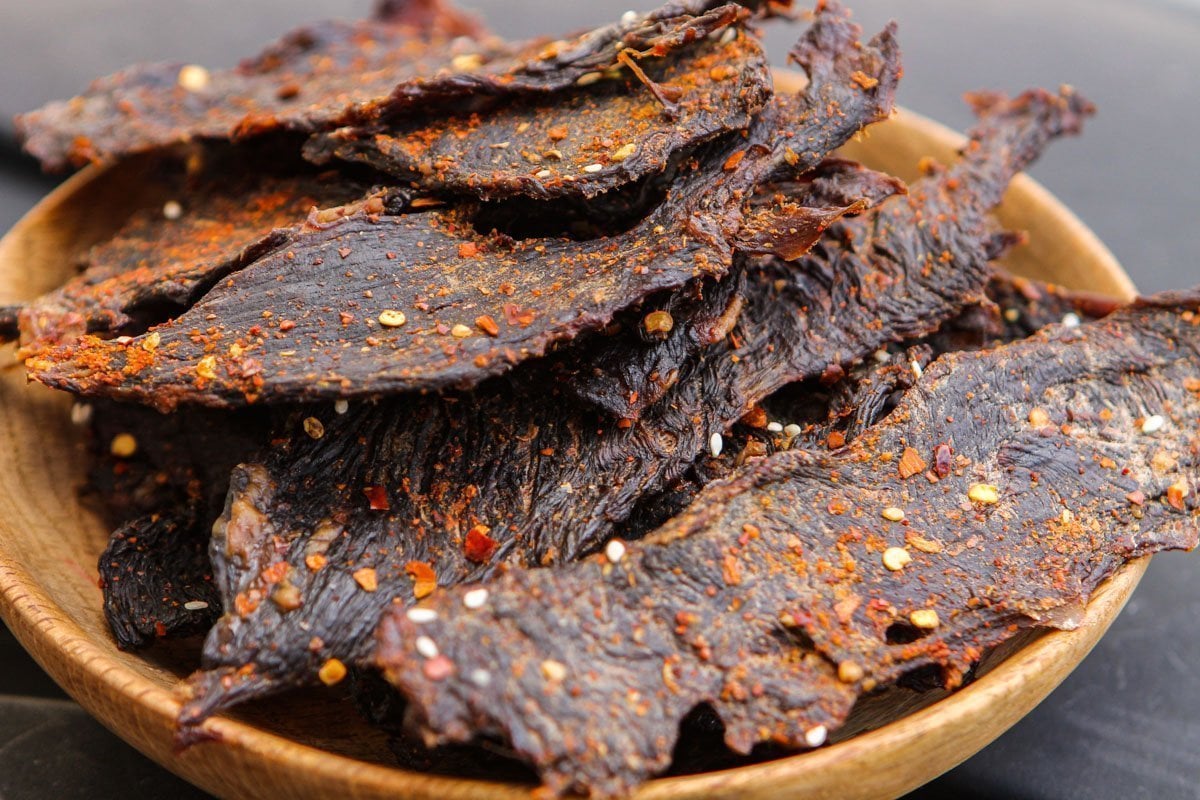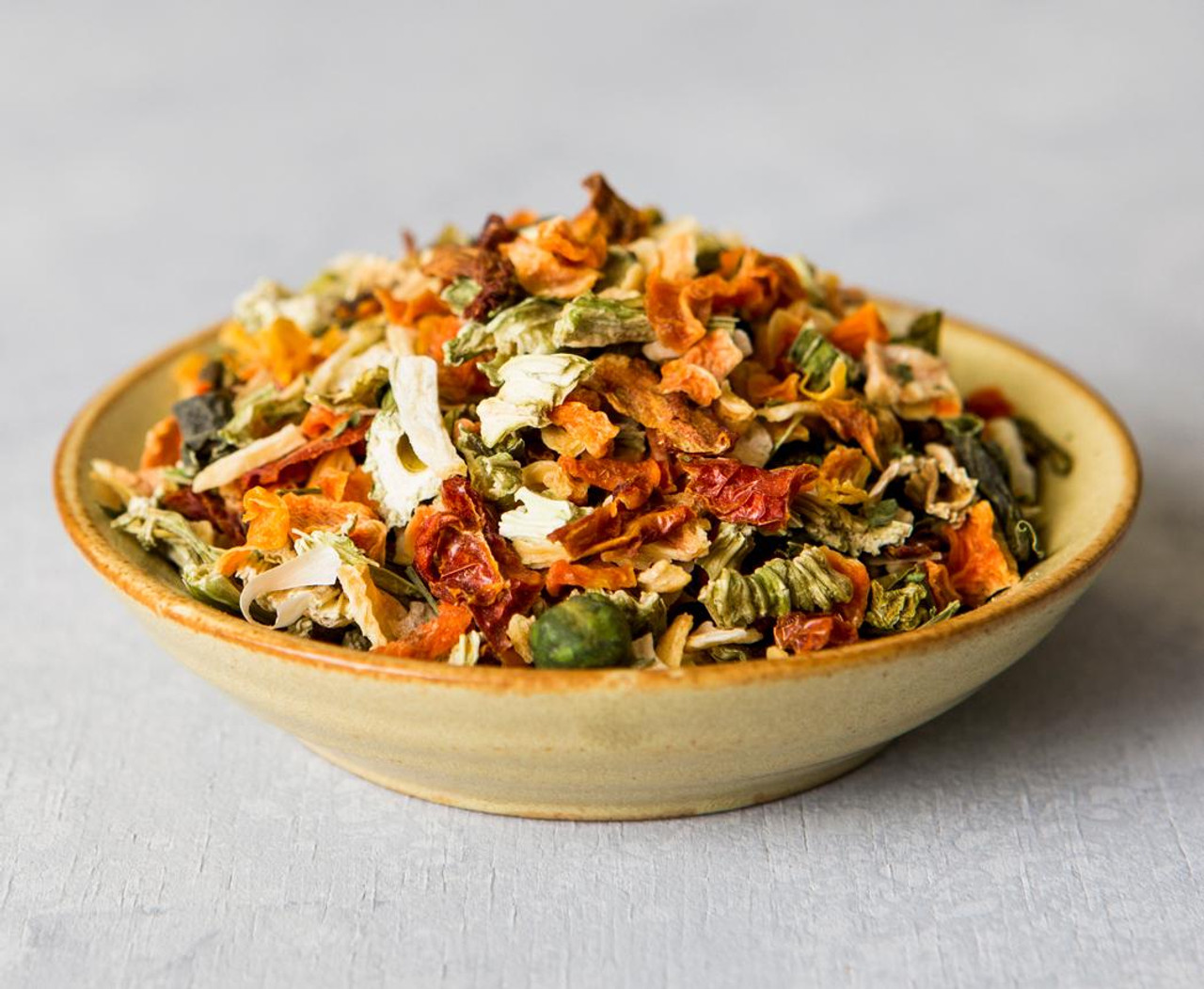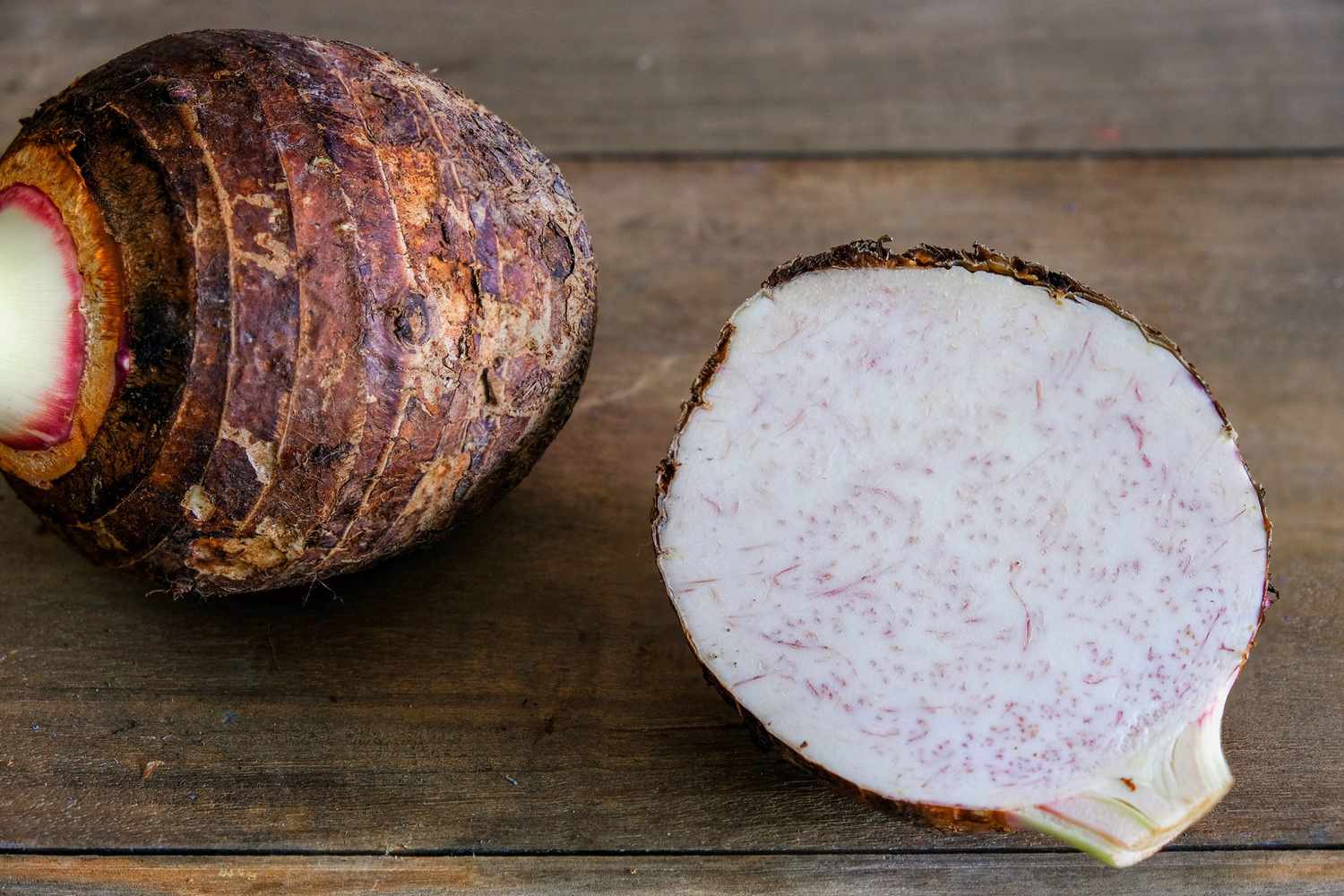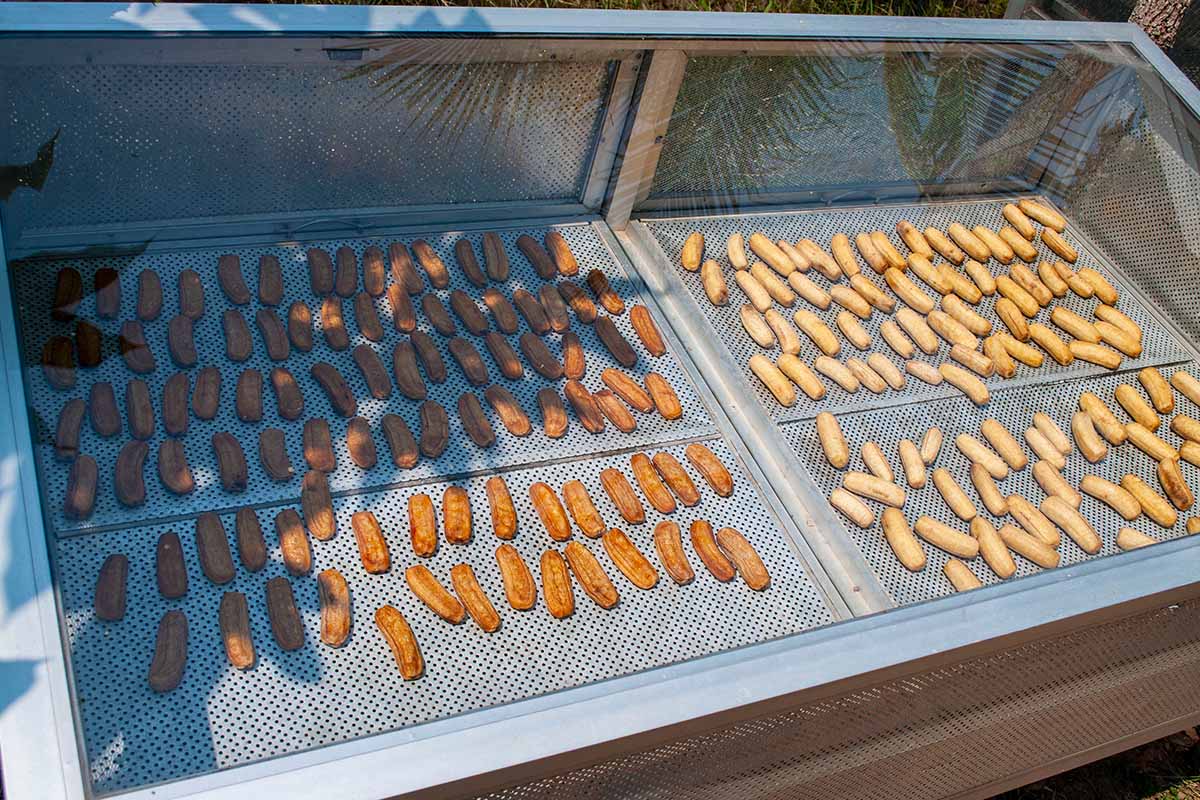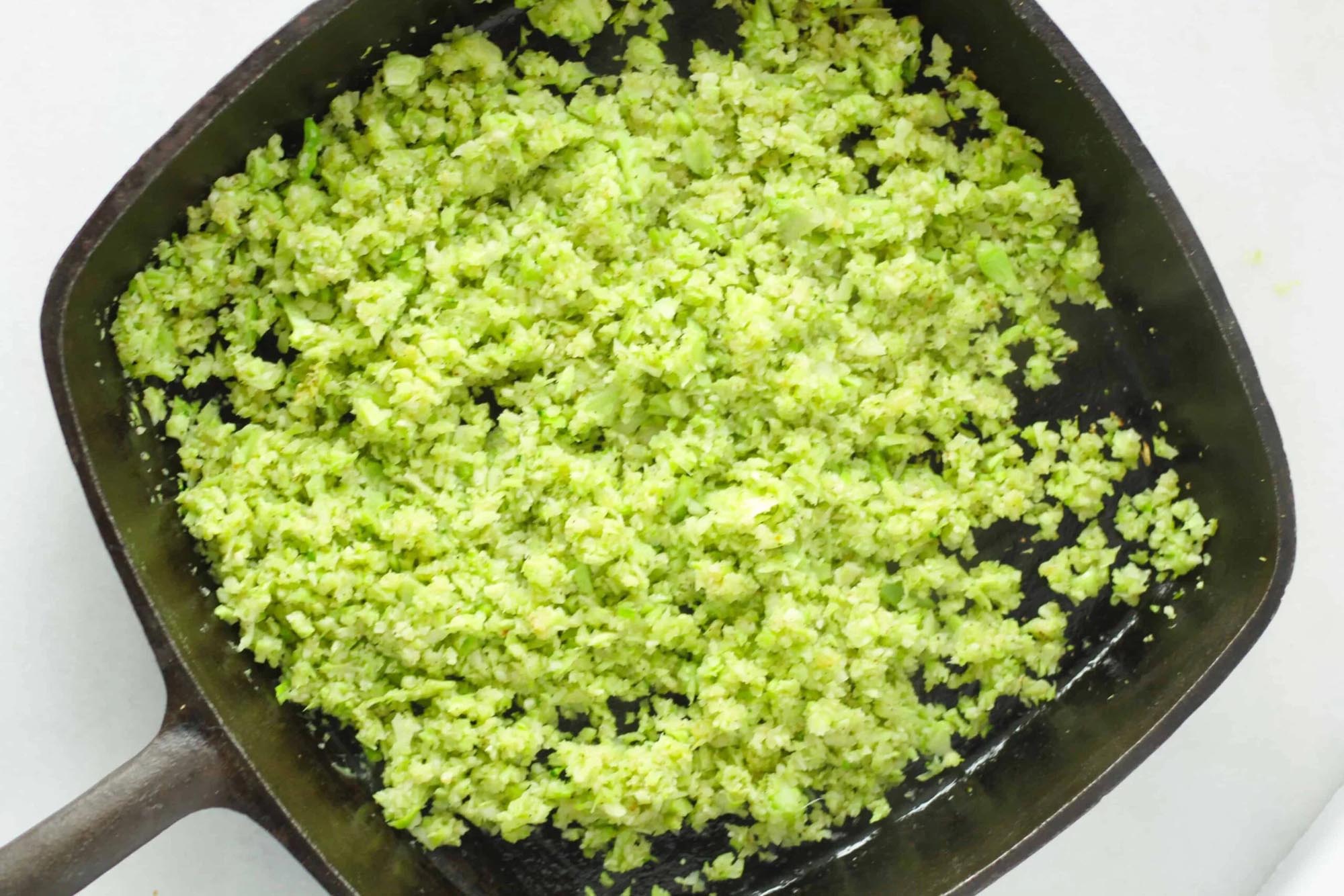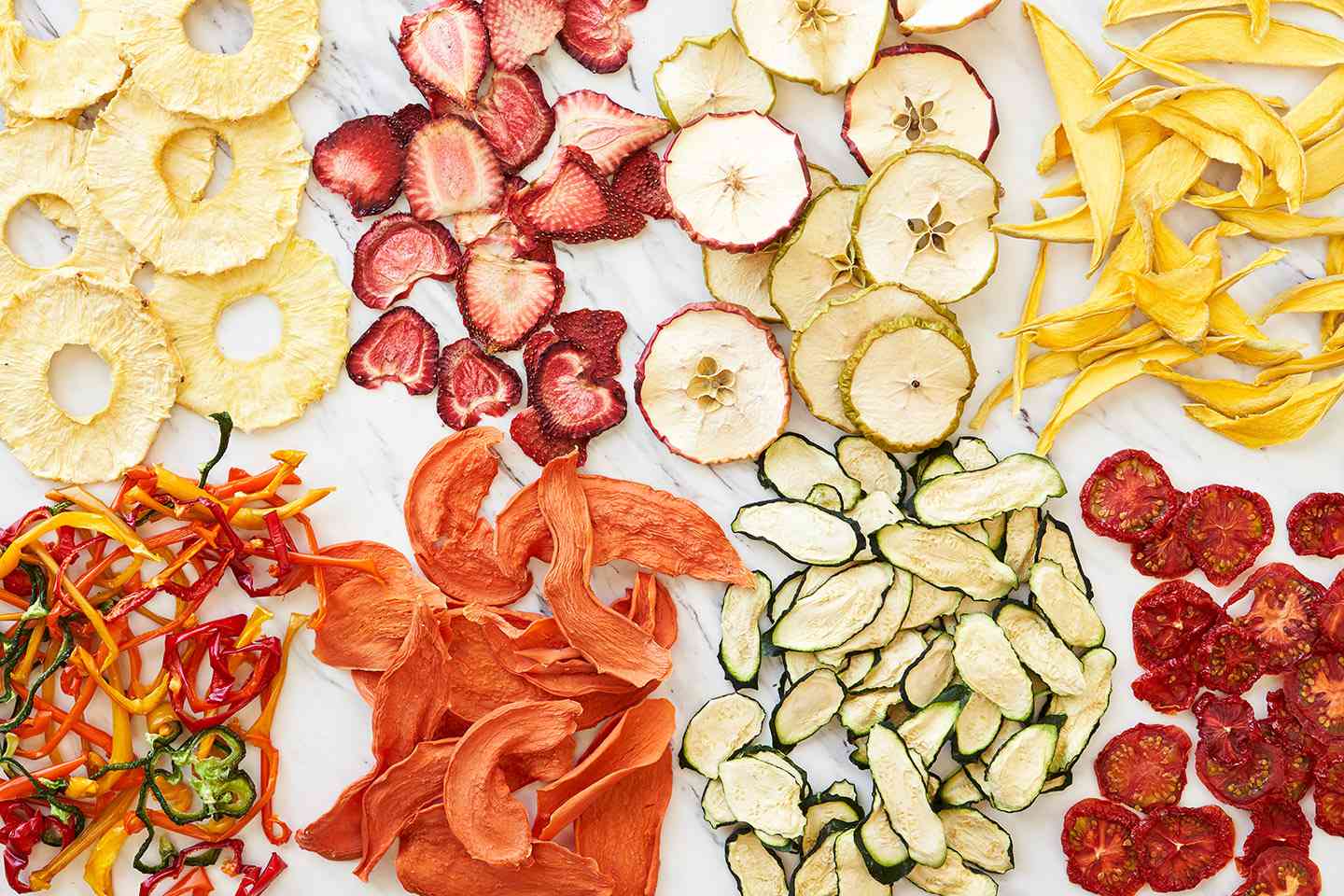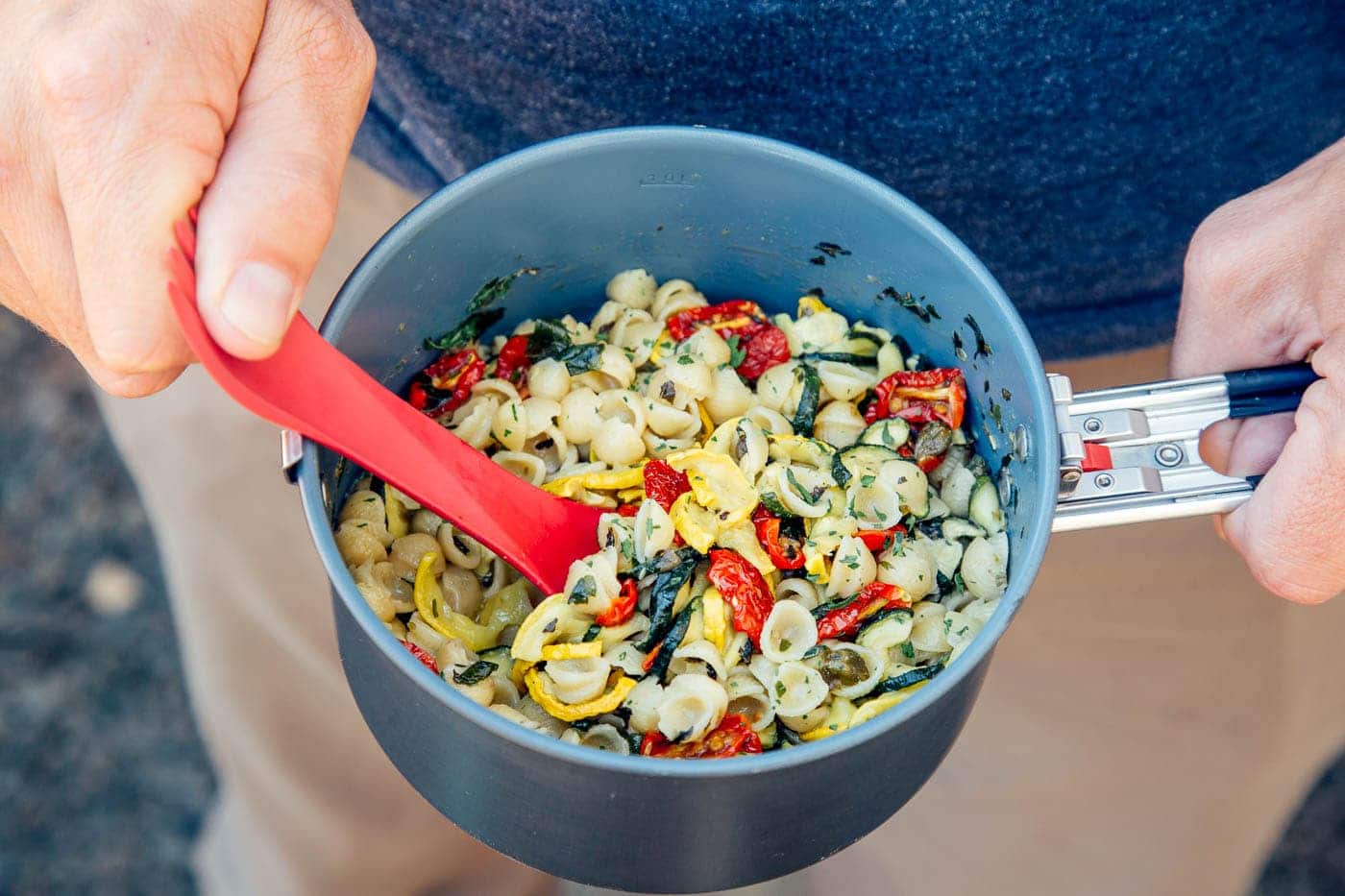Dehydrated vegetables offer a convenient, long-lasting way to enjoy nutritious meals. These dried veggies pack intense flavors, making them perfect for innovative recipes. From soups to snacks, they can transform ordinary dishes into culinary delights. Imagine whipping up a hearty stew with dried carrots, peas, and potatoes or crafting a unique trail mix with dehydrated bell peppers and tomatoes. Whether you're a busy parent, an outdoor enthusiast, or just someone looking to add variety to your meals, these versatile ingredients can elevate your cooking game. Let's dive into some creative ways to use dehydrated vegetables in your kitchen.
Gather Your Ingredients for Innovative Recipes Using Dehydrated Vegetables
Innovative Recipes Using Dehydrated Vegetables
-
Dehydrated Carrots
- 1 cup
-
Dehydrated Peas
- 1 cup
-
Dehydrated Tomatoes
- 1 cup
-
Dehydrated Onions
- 1/2 cup
-
Dehydrated Bell Peppers
- 1/2 cup
-
Dehydrated Spinach
- 1 cup
-
Olive Oil
- 2 tablespoons
-
Garlic Powder
- 1 teaspoon
-
Salt
- 1 teaspoon
-
Black Pepper
- 1/2 teaspoon
-
Vegetable Broth
- 4 cups
-
Dried Basil
- 1 teaspoon
-
Dried Oregano
- 1 teaspoon
-
Parmesan Cheese (optional)
- 1/4 cup, grated
Essential Tools for Innovative Recipes Using Dehydrated Vegetables
Tools Needed for Innovative Recipes Using Dehydrated Vegetables
- Dehydrator: Essential for drying vegetables.
- Sharp Knife: For slicing vegetables thinly.
- Cutting Board: Provides a stable surface for cutting.
- Mixing Bowls: Useful for combining ingredients.
- Measuring Cups and Spoons: Ensures accurate measurements.
- Blender or Food Processor: Helps in making vegetable powders.
- Storage Containers: Keeps dehydrated vegetables fresh.
- Spice Grinder: For turning dried vegetables into fine powders.
- Baking Sheets: Used for spreading vegetables evenly during dehydration.
- Parchment Paper: Prevents sticking on baking sheets.
- Kitchen Scale: Measures ingredients by weight.
- Oven: Alternative to a dehydrator for drying vegetables.
- Tongs: Handy for handling hot items.
- Thermometer: Monitors temperature during dehydration.
- Jar Funnel: Helps in transferring powders to containers.
- Labels and Marker: For identifying stored vegetables.
Dehydrated vegetables are versatile pantry staples, perfect for soups, stews, and casseroles. They offer concentrated flavors and extended shelf life, making meal prep both efficient and flavorful. Ideal for camping and emergency kits too.
The Importance of Innovative Recipes Using Dehydrated Vegetables
Dehydrated vegetables offer convenience and long shelf life. They retain most nutrients, making them a healthy choice. Lightweight and compact, they are perfect for camping or emergency kits. Using them reduces food waste since they last longer than fresh produce. Plus, they add flavor and texture to various dishes.
How to Make Innovative Recipes Using Dehydrated Vegetables
Innovative Recipes Using Dehydrated Vegetables
1. Rehydrating Dehydrated Vegetables
- Measure the desired amount of dehydrated vegetables.
- Place them in a bowl.
- Cover with warm water.
- Soak for 15-30 minutes until they plump up.
- Drain excess water.
2. Dehydrated Vegetable Soup
- Rehydrate a mix of dehydrated carrots, peas, and potatoes.
- Heat a pot over medium heat.
- Add olive oil and sauté onions until translucent.
- Add garlic and cook for 1 minute.
- Pour in vegetable broth.
- Add the rehydrated vegetables.
- Simmer for 20 minutes.
- Season with salt, pepper, and herbs.
3. Dehydrated Vegetable Stir-Fry
- Rehydrate dehydrated bell peppers, broccoli, and mushrooms.
- Heat a wok over high heat.
- Add sesame oil.
- Stir-fry garlic and ginger for 30 seconds.
- Add the rehydrated vegetables.
- Stir-fry for 5-7 minutes.
- Add soy sauce and stir well.
- Serve over rice or noodles.
4. Dehydrated Vegetable Chips
- Preheat the oven to 350°F.
- Rehydrate dehydrated zucchini, sweet potatoes, and beets.
- Pat dry with a towel.
- Toss with olive oil, salt, and pepper.
- Spread on a baking sheet.
- Bake for 15-20 minutes until crispy.
- Cool before serving.
5. Dehydrated Vegetable Powder
- Grind dehydrated vegetables in a blender or food processor.
- Store in an airtight container.
- Use as a seasoning for soups, stews, and sauces.
6. Dehydrated Vegetable Omelette
- Rehydrate dehydrated spinach, tomatoes, and onions.
- Whisk eggs in a bowl.
- Heat a pan over medium heat.
- Add butter and melt.
- Pour in the eggs.
- Add the rehydrated vegetables.
- Cook until set.
- Fold and serve.
7. Dehydrated Vegetable Pasta Sauce
- Rehydrate dehydrated tomatoes, bell peppers, and onions.
- Heat a saucepan over medium heat.
- Add olive oil.
- Sauté garlic until fragrant.
- Add the rehydrated vegetables.
- Pour in tomato sauce.
- Simmer for 15 minutes.
- Season with salt, pepper, and basil.
- Serve over pasta.
8. Dehydrated Vegetable Rice Pilaf
- Rehydrate dehydrated peas, carrots, and corn.
- Heat a pot over medium heat.
- Add butter and melt.
- Sauté onions until soft.
- Add rice and toast for 2 minutes.
- Pour in vegetable broth.
- Add the rehydrated vegetables.
- Cover and cook until rice is tender.
9. Dehydrated Vegetable Salad
- Rehydrate dehydrated cucumbers, tomatoes, and bell peppers.
- Drain and pat dry.
- Combine in a bowl.
- Add olive oil, lemon juice, salt, and pepper.
- Toss well.
- Serve chilled.
10. Dehydrated Vegetable Bread
- Rehydrate dehydrated onions, garlic, and herbs.
- Mix with bread dough ingredients.
- Knead until smooth.
- Let rise until doubled.
- Shape into a loaf.
- Bake at 375°F for 30-35 minutes.
- Cool before slicing.
Bringing It All Together
Dehydrated vegetables are a game-changer in the kitchen. They offer convenience, long shelf life, and intense flavors. You can easily incorporate them into soups, stews, casseroles, and even snacks. Just rehydrate them with water or broth, and they’re ready to go. They’re perfect for busy weeknights or when fresh produce isn’t available. Plus, they retain most of their nutrients, making them a healthy choice. Experiment with different types like carrots, peas, tomatoes, and spinach. You’ll be amazed at how versatile they are. So next time you’re planning a meal, don’t overlook these handy pantry staples. They might just become your new secret ingredient. Happy cooking!
Common Questions About Innovative Recipes Using Dehydrated Vegetables
How do I rehydrate dehydrated vegetables?
Soak them in warm water for about 15-30 minutes. The exact time depends on the vegetable. Once they’re soft, drain the water and use them like fresh veggies.
Can I use dehydrated vegetables in soups and stews?
Absolutely! They’re perfect for soups and stews. Just toss them in with your other ingredients. They’ll soak up the broth and add great flavor.
Are dehydrated vegetables as nutritious as fresh ones?
They retain most of their nutrients, though some vitamins might be lost during the drying process. They’re still a healthy option, especially when fresh veggies aren’t available.
How should I store dehydrated vegetables?
Keep them in an airtight container in a cool, dark place. Properly stored, they can last for months, even up to a year.
Can I make dehydrated vegetables at home?
Yes, you can! Use a dehydrator or your oven at a low temperature. Slice the vegetables thinly and dry them until they’re crispy.
What dishes can I make with dehydrated vegetables?
They’re versatile! Use them in casseroles, stir-fries, pasta dishes, or even as a crunchy topping for salads. The possibilities are endless.
Do dehydrated vegetables need to be cooked longer?
Not necessarily. Once rehydrated, they cook similarly to fresh vegetables. Just keep an eye on them to avoid overcooking.

